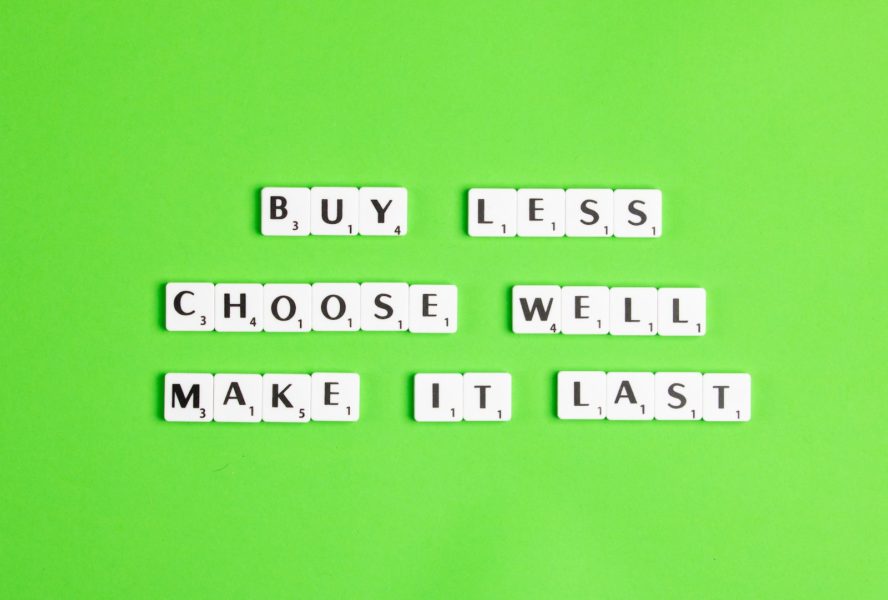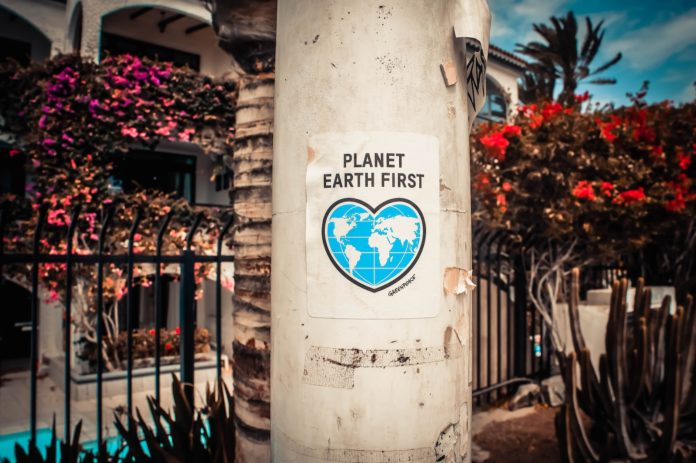Our relentless journey towards a balanced and harmonious future has evolved our comprehension of sustainability, unveiling a multifaceted spectrum of ideologies and methodologies demanding a nuanced, contemporary perspective. This evolution has carved pathways leading to two core sustainability paradigms: ‘weak sustainability’ and ‘strong sustainability.’ The former, grounded in economic doctrine, considers natural and manufactured capital as largely interchangeable and views the environment primarily for its utility for humans. It trusts that technology and economic compensation can mend environmental degradation. Conversely, strong sustainability posits that natural capital is non-substitutable and irreplaceable, urging an intrinsic balance between ecological preservation and human activity. It hinges on the belief that nature, with its finite resources and delicate equilibria, should be revered not for what it provides but for what it inherently is.

Notable economists and environmentalists such as Herman E. Daly and Sylvie Brunel avidly defend strong sustainability. According to Daly (1990), material flows of the economy can only be deemed sustainable if they fulfil three pivotal conditions: the consumption rate of renewable resources doesn’t exceed their regeneration rate; the consumption rate of non-renewable resources doesn’t surpass the rate at which sustainable, renewable substitutes can be developed; and pollution emissions don’t exceed the environment’s capacity to assimilate and absorb such pollution.
In this hypothesis, a decrease in natural capital is non-negotiable. Daly emphasises that natural and artificial capital are complementary and non-substitutable. This paradigm manifests a profound recognition of our environment’s finite nature, intertwining ethical reflections with tangible action, shifting focus from exploitation to cohabitation and fostering an intrinsic respect for nature and its limits. The pressing global consciousness, influenced by catastrophic environmental events and the rise of environmental activism since the 1950s and 1960s, has shifted societal attention towards issues like soil erosion, biodiversity loss, and climate change.
Brunel (2012) echoes the sentiment by defining strong sustainability as a stance where maintaining natural capital is crucial. The contrast between weak and strong sustainability arose in the 1980s within economic discourse. Authors of the Pearce report, amongst others, highlight this distinction by emphasising the non-substitutable nature of natural resources, opposing their mere monetisation and functional perception.

Sustainable Development is purely Political.
The concept of sustainable development is inherently political. It was predominantly defined in 1987 by the World Commission on Environment and Development (WCED) in the Brundtland Report as “development that meets the needs of the present without compromising the ability of future generations to meet their own needs.” This definition embeds principles of intra-generational and intergenerational justice, reflecting a complex evaluation of the needs of future generations and the natural limits they will encounter.
However, the ambiguity surrounding the term ‘sustainable development’ has made its application challenging despite its widespread adoption. Some researchers now argue that the politics of sustainable development, considered on the weaker side of sustainability, should no longer be at the forefront of political actions but should be reconfigured towards strong sustainability (Bourg, 2012; Boisvert, Carnoye, Petitimbert, 2019). The underwhelming outcomes of the sustainability efforts over the past 30 years have not sufficiently mitigated the impacts of human activities to move towards a genuinely sustainable society.
Strong sustainability is the future.
One potential pathway to strong sustainability has been illustrated by Kate Raworth (2017) through her ‘Doughnut Economics’ model. It stipulates that humanity’s goal in the 21st century is to remain within environmental and social boundaries. The environmental ceiling is defined by nine planetary boundaries: a stable climate, fertile soils, rich biodiversity, and a protective ozone layer. The social foundation includes international consensus on social norms, incorporating access to clean water, poverty thresholds, mortality rates, and gender equality.
This model presents a holistic conception that aligns with the precepts of strong sustainability by combining all the necessary attributes for a viable future. By embracing such innovative perspectives, we could avert surpassing the critical threshold of a 2°C temperature increase, catalysing a transition towards a harmonious and sustainable future.

Conclusion
The journey towards strong sustainability requires a seismic shift in our perspectives, values, and actions. It mandates a recognition of the intrinsic value of nature and the indispensability of its resources. Strong sustainability is a beacon of hope and a blueprint for action, fostering a harmonious coexistence between humanity and the environment. It is time to acknowledge our ethical obligations and steer our societies towards a more balanced and resilient future.
Addressing the intricate dance between nature and society, strong sustainability is not merely a philosophical stance but a pivotal, actionable framework, beckoning humanity to forge a future where the essence of nature is respected and preserved for its innate value, transcending its utilitarian aspects. By embracing the tenets of strong sustainability, we stand a chance to craft a future that is not just durable but also profoundly harmonious with the innate rhythms of our shared planet.
José Amorim
Information sourced by the author for luxuryactivist.com. All content is copyrighted with no reproduction rights available. Images are for illustration purposes only.
